Diabetics, does eating rice raise your blood sugar?
Eating rice, does it raise blood sugar? This is not a very strict question, I think you are asking about white rice or rice, if it is white rice it will be relatively unfavorable for controlling blood glucose because when we are talking about controlling blood glucose, there are a lot of factors that we take into consideration, such as the overall dietary structure, the GI index of the food, the amount of food intake, and the cooking method of the food, and so on.
Diabetes mellitus is a group of long-term hyperglycemic manifestations of the syndrome due to metabolic disorders of carbohydrates, fats, proteins and other metabolic disorders caused by defects in insulin secretion and action. Therefore, the main factor causing insulin resistance in diabetes is lifestyle, so every day's diet is very important to the impact of blood glucose.
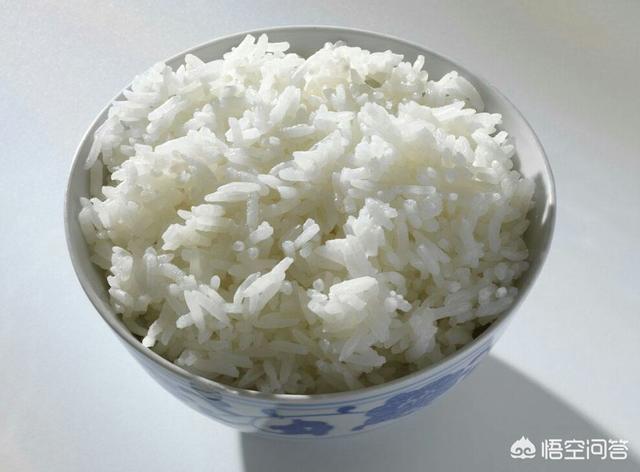
Diabetics are particularly important in the intake of carbohydrates, staple foods, because carbohydrates account for 55% - 65% of the energy of the whole day, is the highest proportion of a nutrient. The general staple food for ordinary people is nothing more than white bread, white rice, baklava, dumplings, bread and so on. Rice is the most common. People in the south mainly eat rice, and people in the north also often eat it. Then for diabetics, will rice raise blood sugar?
When we say diabetic diet the first thing we take into account is the glycemic index of the food i.e. GI index. A high GI index enters the gut for fast digestion and complete absorption, and glucose sugars enter the bloodstream quickly, so try to avoid them. Also look at the GL glycemic load, a combination of both.
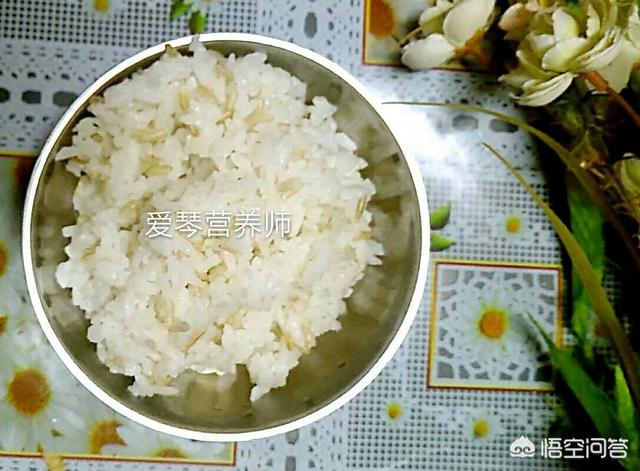
The GL index of white rice is 80.2, for high GI, and also related to the softness of the steam, up and down for 11.6, GL for 15.8 for GL, from this value, simple white rice is not good for controlling blood sugar. But we can make white rice into a mixture of rice ah, such as two rice (rice and brown rice, rice and barley rice, rice and oats, etc.) and five grains of rice (rice, red beans, brown rice, etc.) In this way, the GI index and the GL index will drop a lot, and will not make the blood glucose rise, very favorable to control blood sugar.
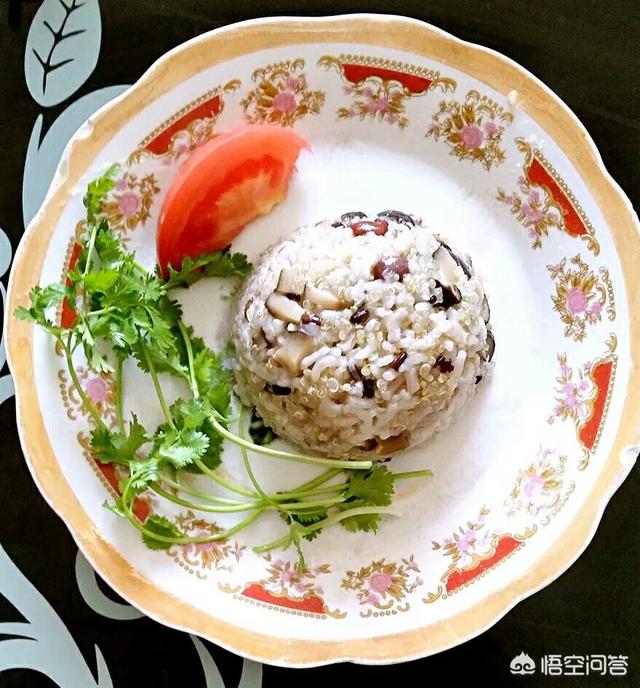
If there is a diabetic in the family, and he usually like to eat white rice, but you because of the high glycemic index of white rice, forcibly do not allow him to eat, he must be reluctant, you can turn the white rice into a hybrid or two rice, three rice can be. This compromise, you can meet the patient's preferences, can be conducive to blood sugar control. Why not.
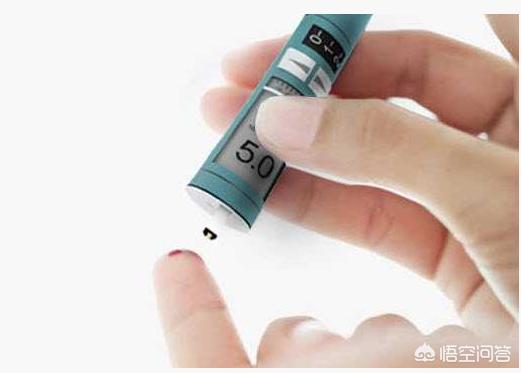
With the improvement of material life, three high patients have been more and more, at the end of 2015 data show that China's diabetes patients have reached 110 million. Most of the diabetic patients are due to problems with the diet structure, for diabetic patients , it is especially important to adjust the diet structure. In the choice of staple food, can diabetics eat rice?
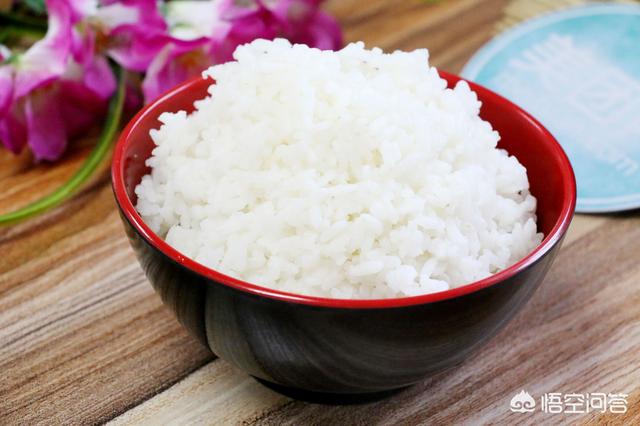
Rice as a staple food is no longer unique to the South, for the average person to choose rice as a staple there is no problem, but for diabetics need to pay attention. Nowadays we eat rice is made of refined rice, which contains less dietary fiber, easy to raise blood sugar, so diabetics need to eat rice when you need to change the pattern of rice.
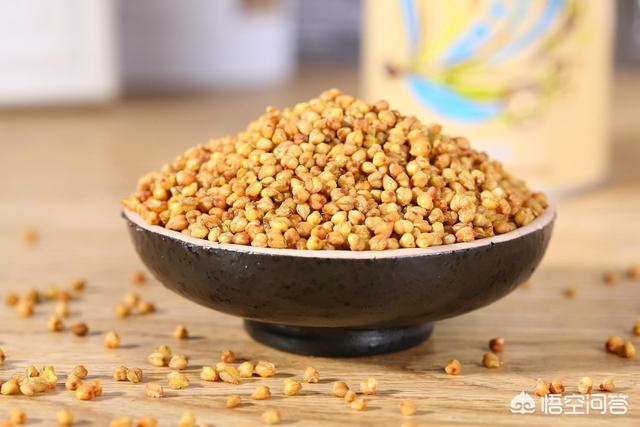
Buckwheat is a very good food for diabetics. Buckwheat contains flavonoids can not only improve diabetic microvascular circulation, diabetic nephropathy lesions, fundus lesions and other problems are diabetic microvascular lesions, but also improve the nutritional health of the diabetic microvessel; buckwheat there is also a special substance for diabetic patients is indispensable. It is D-chiral inositol, and control of diabetes is a drug is gliclazide, helps regulate blood sugar.
Diabetics can add some buckwheat to make buckwheat rice. Buckwheat is coarse grains, so the water absorption is relatively high, the feeling of satiety is also very good, and buckwheat laxative effect is very good. It is recommended that diabetics consume 50 grams of buckwheat per day, especially important for the health of the body.
I'm glad to answer your question, eating rice will of course increase blood sugar, rice as a staple food we often eat, its main ingredient is starch, after eating is going to cause a rapid increase in blood sugar, especially refined white rice and noodles.
Dietitians advocate that sugar lovers should not only eat a single white rice, but to eat with coarse grains. We may wish to add some of the coarse grains when cooking rice, such as brown rice, black rice, oats, quinoa and so on. When cooking rice, also do not use a single rice, but rice, coarse grains, mixed beans, nuts, etc. together with the same cooking. This allows protein nutrients to complement each other, as well as richer in B vitamins and minerals. And this with, can make the rice glycemic index lower, effectively stabilize and control postprandial blood sugar.
Since many coarse grains have a seed coat on the surface and are not easy to cook, it is best to soak the coarse grains in water first overnight so that they cook at the same time as the rice. ButNote that the rice should not be cooked too soft, long soaking and steaming will make the rice more mushy, and its glycemic index will become higher, more likely to cause blood sugar fluctuations.
Besides, we can also add some vegetables, such as peas, corn, diced carrots, diced purple potatoes and pumpkin to the rice porridge. The more colorful the rice is, the higher its nutritional value. Purple potatoes, for example, are rich in anthocyanins, which are antioxidants that can well help sugar lovers prevent complications. And carrots are rich in carotene, which is very beneficial to sugar lovers to protect their eyes.
In short, sugar lovers eat rice with emphasis on collocation, as long as the collocation is good, and grasp the amount of rice consumption, you do not have to worry about causing dramatic fluctuations in blood sugar after meals. Here also need to pay attention to, cooking rice should be used in a light way, try not to fry oil rice to eat, and do not add sausage bacon in the rice such as high oil and high salt food, which is not conducive to the control of blood pressure and blood lipids.
Sugar man health network, a temperature control of sugar platform, welcome to pay attention to the questions and answers!
If you have diabetes and want to eat rice, choose brown rice. Because brown rice is whole-grain rice that contains wheat germ and bran, you'll get fiber, vitamins, and minerals that you can't get from white rice.
The American Diabetes Association recommends that you eat 1/3 cup of brown rice a day. And white rice can cause blood sugar to rise.
If you don't have brown rice, it's best to avoid white rice and choose another healthy diabetic-friendly food.
For best blood sugar control, eat less white rice. And two nutrients in brown rice are fiber and magnesium - both of which have been shown to regulate blood sugar.
Studies have shown that replacing white rice with brown rice also reduces the risk of diabetes by 16%.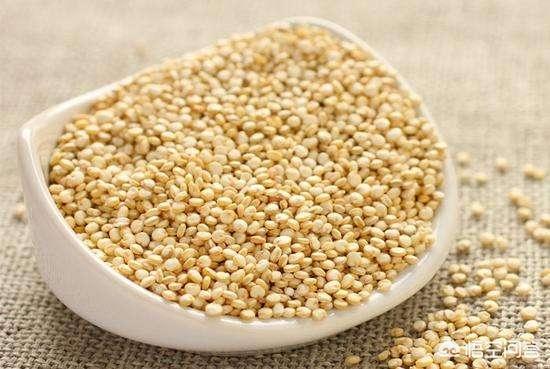
Replacing white rice with other whole grains such as quinoa, buckwheat, whole wheat, and oats reduces the risk of diabetes by 36%.
Controlling blood glucose is an important daily task that can lead to diabetic complications if blood glucose rises too high.
Because brown rice is still at a high level on the glycemic index, it's best to pair it with foods that are high in natural fiber and have little to no effect on blood sugar, such as beans and vegetables are fiber-rich foods that can help control blood sugar.
One way to stabilize your blood sugar is to eat a low GI diet, which means that food is digested slowly and doesn't cause a spike in blood sugar.
High GI foods are digested quickly and cause blood sugar levels to peak. This can be dangerous for diabetics.
Food is energy, and eating it all raises your blood sugar, just at different rates. Rice, such as starchy food, elevate blood sugar is relatively fast. So diabetic patients in daily life to eat less refined rice, eat more miscellaneous grain rice, miscellaneous grain rice, due to the rich crude fiber, can reduce the speed of glucose, and at the same time, sugar lovers should also know how much energy they need a day, eat less and more meals. In the meal time to do first eat vegetables and then eat protein and finally eat the main food, which can be very good to reduce the intake of staple food, followed by more food containing dietary fiber, such as vegetables, every day we need to intake of vegetables is to reach 500 grams, so as much as possible to eat more vegetables.
Diabetics can eat rice, but you have to control the amount, and it's not good to eat too much.
Diabetics are not all sugary products can not eat, but to pay attention to a degree. Like fruits contain fructose, dairy products contain lactose, rice buns contain starch, can not be eaten ah.
Diabetes is a metabolic disease that occurs when insulin secretion is insufficient, and excess sugar that cannot be broken down and absorbed will be excreted through the urine. However, insufficient insulin secretion is not that insulin is not secreted, but it is much less compared to normal people, so diabetics need to pay special attention to their daily diet.
Try not to consume excess sugar other than what you need for your daily life, but you should eat three meals or you will be hypoglycemic. If you are worried that the starch content of rice buns is too high, you can choose to eat some miscellaneous grains, such as sugar-free oatmeal, red beans, mung beans, lotus seeds and corn.
You should also pay attention to the intake of vitamins and proteins in addition to staple foods on a daily basis. Fruits can eat kiwi, grapefruit and other fruits with low sugar content. You can eat some cucumber, tomatoes, both beauty and low sugar.
You can eat some lean meat and fish, but not fatty meat.
Finally, do not overeat, do not abuse alcohol, pay attention to exercise, maintain physical and mental pleasure, diabetes can be well controlled.
Eating rice can raise blood sugar, but the body needs sugar, it just can't metabolize it, so the key to the problem is to restore the function of the pancreas to produce as much insulin as possible, then just by consuming polyphenols you can clearly destroy the free radicals in the pancreas, and this will help restore your health.
The main component of rice is starch. However, starch is also divided into two categories: one is straight chain starch, which is digested slowly, and the blood glucose concentration rises slowly after eating; the other is branched chain starch, which is digested quickly, and the blood glucose rises quickly after eating. For diabetics or people with high blood sugar, the low content of branched starch is conducive to blood sugar control. At the same time, because the branched-chain starch water solubility is strong, straight-chain starch water solubility is weak, so it can be repeatedly boiled and filtered, a large number of branched-chain starch will be filtered away, and then left with a low GI (Glycemic Index) of straight-chain starch, in this way, the sugar content of the rice will be reduced a lot. Therefore, if the starch contained in the food you choose is branched-chain starch, your blood sugar will rise very quickly after eating it.
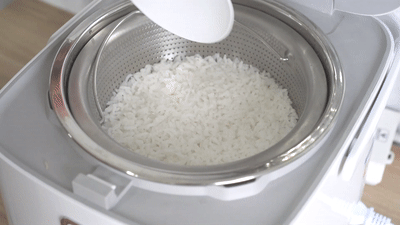
This question and answer are from the site users, does not represent the position of the site, such as infringement, please contact the administrator to delete.